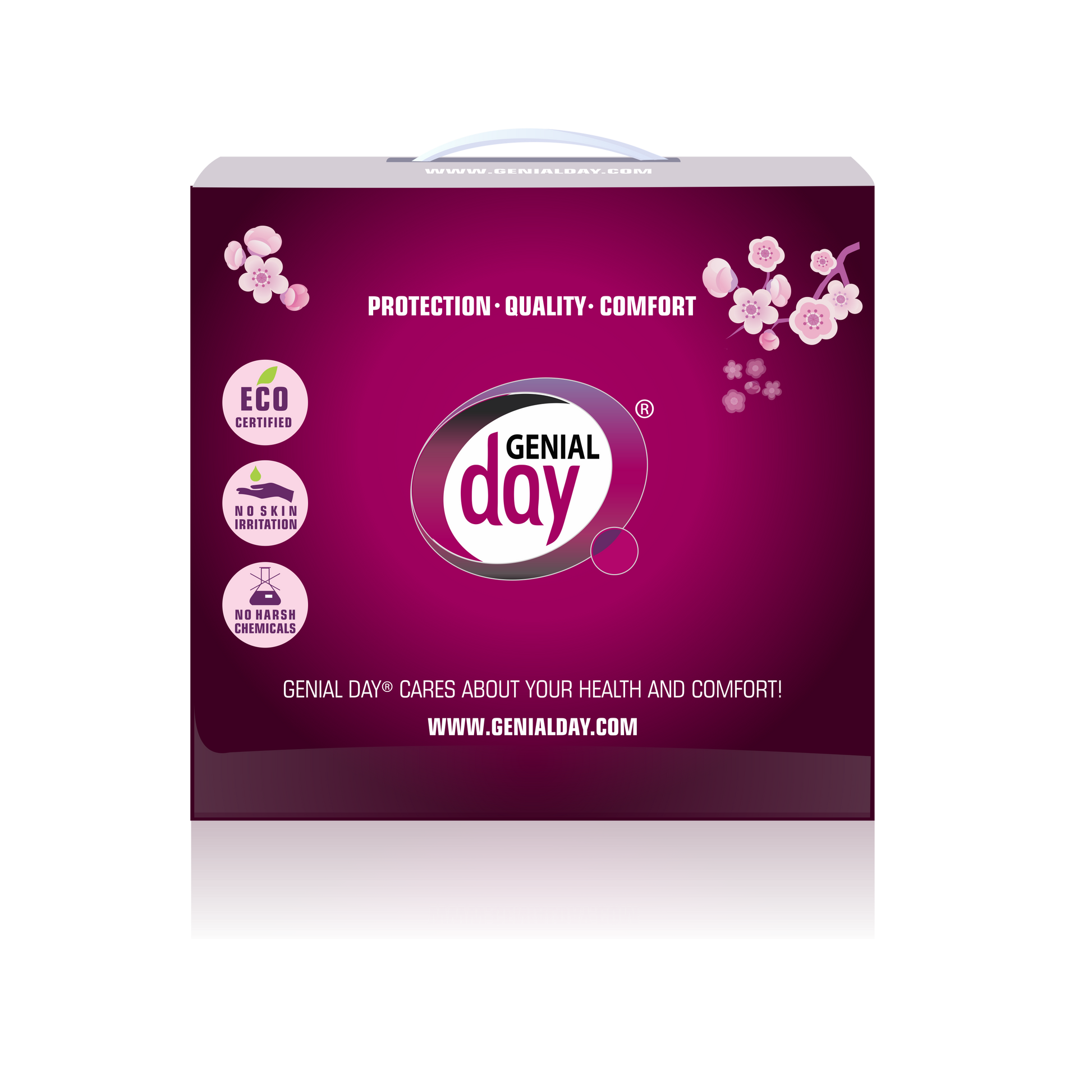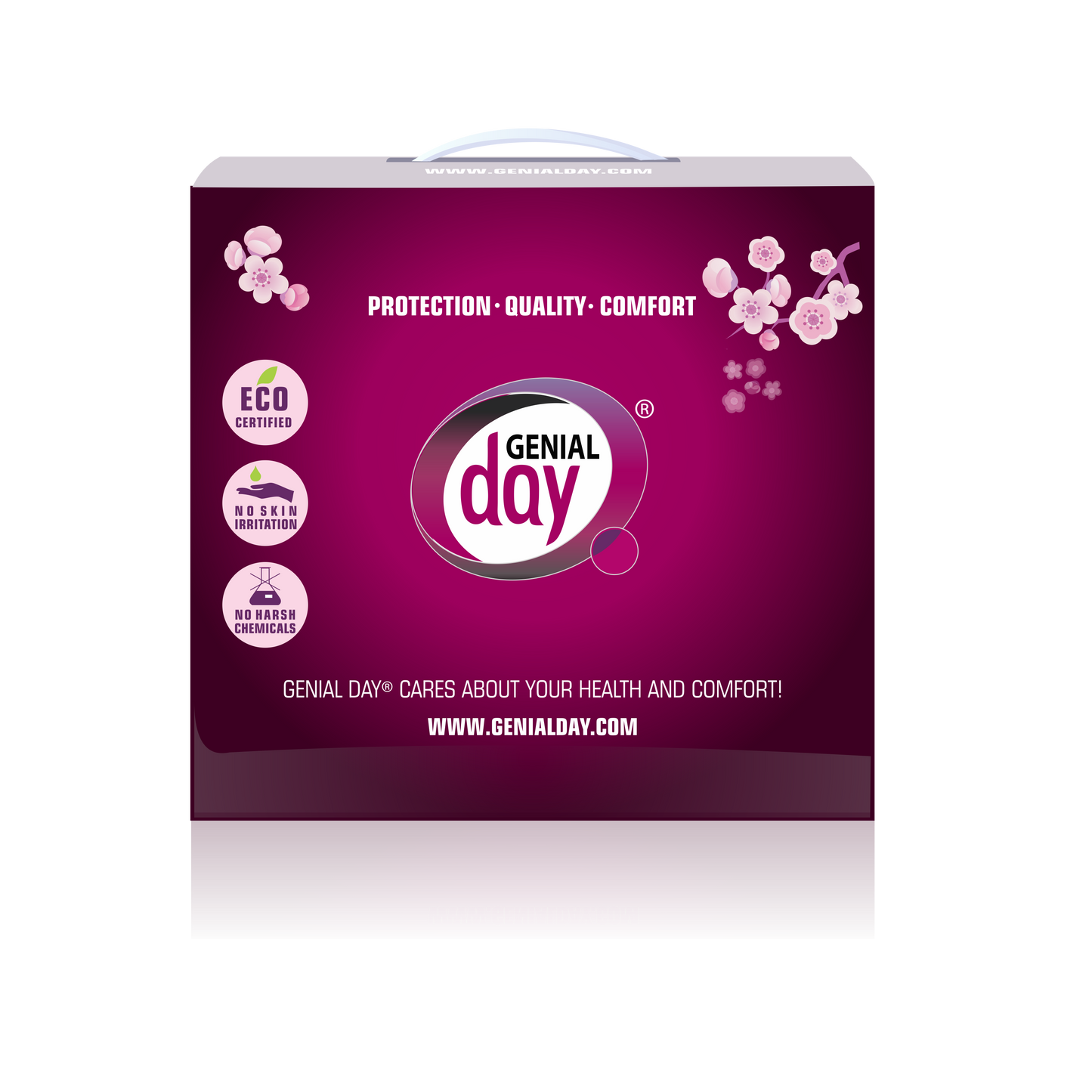How do you know you need sunscreen? If you happen to be one of the people blessed with very little melanin (aka Caucasian), you have probably learned about it the hard way.
Perhaps you played on the beach a little bit too long and screamed your lungs out the following night because the blanket felt like a grater, or maybe you fell asleep after mowing your lawn and woke up looking like a boiled lobster.
But which sunscreen should you choose? What about people with plenty of melanin in their skin? Do they still need sunscreen? What about children and babies?
We’re here to answer those questions for you!
There are two types of ultraviolet rays that can damage your skin. UVA rays penetrate deep into the dermis, the skin's thickest layer. Unprotected exposure can lead to premature skin aging and wrinkling, and suppression of the immune system. UVB rays will usually burn the superficial layers of your skin. It plays a key role in the development of skin cancer.
You want a sunscreen that protects from both. Most sunscreens sold today help protect against both, but you still want to read the label and double check. The phrase "broad spectrum" signifies that a sunscreen offers some protection from UVA rays. The Sun Protection Factor (SPF) number is the level of protection a sunscreen provides against UVB rays.
According to dermatologists at the Mayo Clinic, SPF is a ratio of how long a person without sunscreen can be in the sun without experiencing any redness divided by the amount of time you can spend in sunlight with a product on.
In other words, if you're standing on the equator at high noon and it would usually take your skin one minute without sunscreen to become red and irritated, SPF 15 means you can stand in that same sun exposure for 15 minutes.
But SPF 15 may not be enough for extended coverage. So more is better, right? Not necessarily. First, many brands promise a high number of SPF but don’t deliver. Secondly, people who buy high-SPF products are more likely to get burned because they assume they're getting better and longer-lasting protection. However, maximum protection comes when sunscreen is reapplied every few hours and people who buy these high-SPF products do not reapply often enough to have continuous skin protection.
So, what’s the ideal SPF number? Dermatologists say that the sweet spot is between SPF 30 and 50, as long as you reapply sunscreen every two hours. Also, sunscreen does have an expiration date, so make sure to check it before going to the beach.
But what about toxic chemicals? Just like with feminine hygiene products, there has been a lot of discussions whether sunscreens are safe and the benefits outweigh risks.
According to a report by the Environmental Working Group, 73% of the 880 sunscreens it tested don't work as well as advertised or contain "worrisome" ingredients. Dangerous ingredients include Retinyl Palmitate (Vitamin A), which may cause tumors and lesions to develop more quickly when skin is exposed to the sun, oxybenzone, which is linked to hormone disruption and can cause allergic reactions.
Dermatologists suggest that people, especially those with skin allergies or sensitive skin, should look for a sunscreen that contains zinc oxide and titanium oxide, which are physical blockers and tend to be hypoallergenic.
Experts also caution against sprays or powders. These formulations can fill the air with tiny particles that may be dangerous to inhale. They can cause lung inflammation and may even be carcinogenic.
But what about babies? Is any sunscreen safe for the little ones?
According to the Food and Drug Administration (FDA), the best approach is to keep infants under 6 months out of the sun and to particularly avoid exposure to the sun in the hours between 10 a.m. and 2 p.m., when ultraviolet (UV) rays are most intense.
Babies’ skin is less mature compared to adults, and infants have a higher surface-area to body-weight ratio compared to older children and adults. Both these factors mean that an infant’s exposure to the chemicals in sunscreens may be much greater, increasing the risk of side effects from the sunscreen. Sunscreen is OK to use on babies 6 months or older.
What about African Americans and other people blessed with plenty of melanin?
According to the website BlackDoctor.org, many African Americans assume that, due to their darker skin tones, they can skip sunscreen altogether. The result? Higher death rates from melanoma, a dangerous skin cancer, so enjoy the sun responsibly and lather up!



